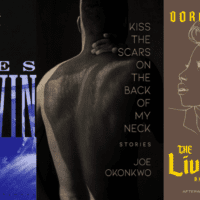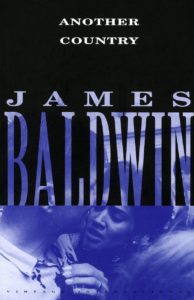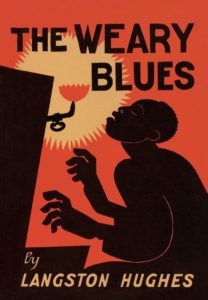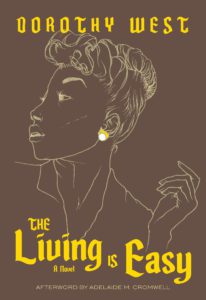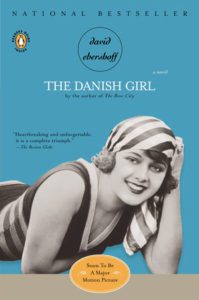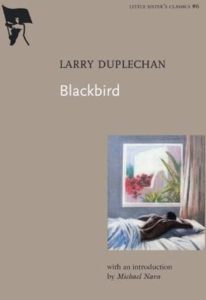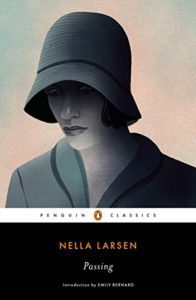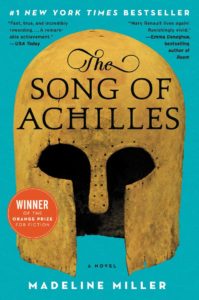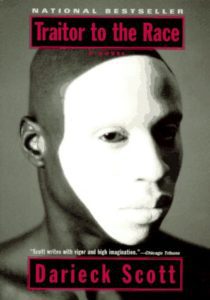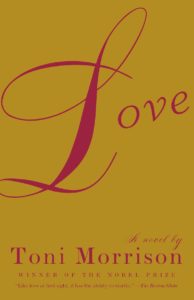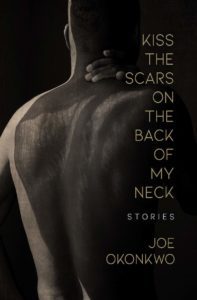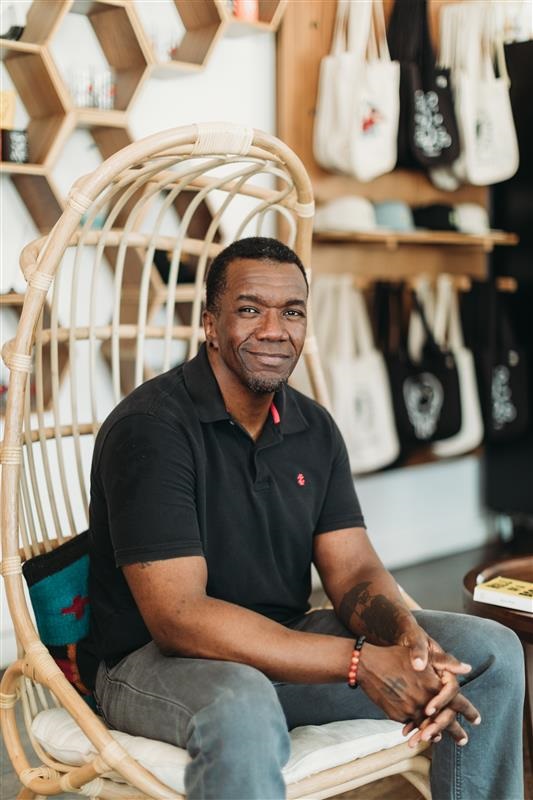A novel is a portal to another world, one that is complex, multi-layered, and populated with an intriguing cast of characters acting to make that world compelling and believable. A story collection, by contrast, invites readers to dive into multiple worlds. In today’s commercial publishing environment, linked stories are very much in vogue, as are collections in which every piece revolves around a particular theme (in Austin Bunn’s wonderful collection The Brink, for example, each story involves some form of disaster). Other collections are held together by similar voices or similar styles—which I find to be a potential pitfall.
There are story collections by prominent authors that I’ve put down without finishing because I felt as though I was reading the same story over and over. Instead of multiple worlds, these writers recycled the same world again and again. The stories had different titles and the characters were given different names, but they were essentially the same characters speaking in the same voices while inhabiting similar settings and battling similar circumstances.
The challenge I assigned myself when writing my new collection, Kiss the Scars on the Back of My Neck, was to make each story unique thematically and stylistically—a risky approach that that intimidates publishers already wary of story collections. Indeed, an editor who rejected Kiss the Scars (one of several) assured my agent that she was taking a pass not because the collection was bad, but because she was at a loss as to how to market it.
Kiss the Scars on the Back of My Neck covers an eclectic array of topics—the complexities of Black/white relationships; intimacy and conflict between gay men; the glorious Harlem Renaissance. Many stories also feature so called “unlikable” protagonists whom, for some readers, are anathema.
Below is a sampling of books that, over the years, have influenced the creation of Kiss the Scars on the Back of My Neck. In some cases it’s the style, the craft, that draws me; in others it’s the truth with which the author approaches the subject. In all of them, though, there’s a certain daring that shines through—the kind of restless courage that ungirds all great art.
***
Another Country by James Baldwin
I learned of James Baldwin when I was a teenager. When I found out that his novel Another Country explored gayness and interracial relationships, I had to read it. I attended an all-boys high school run by the Jesuits (I’ll never forget the father who told us that the sole purpose of sex was procreation and any sex that didn’t allow for it was mortal sin). Shockingly, our library had Another Country. It was the first gay book I ever read. I was depressed when I finished it. I had immersed myself in that world and, as a closeted teen in the treacherous 1980s, it was painful to leave it. Baldwin’s stark and unapologetic commentary on Black-white relations is more than insightful. It is masterful, penetrating. Published in 1962, the book still held up when I read it in 1988. And it holds up today.
The Weary Blues by Langston Hughes
Hughes essentially invented the jazz poem with this collection, originally published in 1926 during the pinnacle of the Harlem Renaissance. The poems replicate the rhythms, cadences, and syncopation of jazz. Some of the pieces are also highly—though not didactically—political. The eclectic verses in The Weary Blues ignite a poetic fire that sometimes rages, sometimes burns in quiet embers, and always illuminates. I’m not a gigantic fan of poetry (I’m more enamored with the idea of poetry than with poetry itself), but Hughes’s work sings itself off the page in a way that I hope my own work does.
Less by Andrew Sean Greer
Greer’s protagonist is a fifty-year-old gay writer who has yet to achieve widespread recognition. Since I’m a fifty-year-old gay writer who has yet to achieve widespread recognition, this novel resonates with me. The quasi-experimental structure, earnest and compelling protagonist, and Greer’s trenchant insight into human nature make Less a stunning read. The book is also a critique of the ageism that plagues the gay male world as well as society at large. It asks the question: What is it to be gay and fifty and (possibly) mediocre, and how does that affect one’s self-worth?
The Living Is Easy by Dorothy West
It bugs me—I mean really bugs me—when I give a work-in-progress to someone for feedback and they say, “The protagonist isn’t likable.” I am concerned with creating compelling, three-dimensional, complicated protagonists, not likable ones. In my not-so-humble opinion, “likable” has no place in the conversation. Are the main characters in our real lives always likable? Dorothy West (the sole surviving member of the Harlem Renaissance literary movement at the time of her death in 1998) was fearless about creating unlikable protagonists—as exemplified by her 1948 novel, The Living Is Easy. Cleo Judson isn’t just unlikable. She’s vile. And she’s so compelling you can’t help turning the pages to see what shit she’s going to pull next. Compelling beats likable any day.
The Danish Girl by David Ebershoff
The devil is in the details—and so is the joy. Ebershoff’s historical novel about transgender pioneer Lili Elbe effervesces with details that may seem minor or even mundane (a dog sitting on a lap; candy wrappers strewn across a floor). But they add a richness that makes The Danish Girl truly great literature. A writing professor once urged me to delve into what he called the “micro-level.” In other words, go deeper than what is happening plot-wise at the moment. Doing so puts the reader in the moment.
Blackbird by Larry Duplechan
Published in 1986 and considered the first Black, gay coming-out novel, I read Blackbird in 1992. I had just begun my own coming-out process. Funny, charming, sexy, romantic, and poignant, Blackbird spoke to me and said that it’s possible to be Black and gay and writer who writes truthfully, faithfully, about being Black and gay.
Passing by Nella Larsen
Few books delve as deftly into the intersection of Black and white as this 1929 Harlem Renaissance novel. The protagonists are two Black women light-complexioned enough to “pass” for white. One passes occasionally for convenience (to patronize businesses that only serve whites or to obtain theater seats not in the highest balcony), while the other has married a white man and lives full-time as a white woman. Passing makes use of the “tragic mulatto” trope, but also paints an ugly and effective portrait of the indignities Blacks face in America. Passing is one of my favorite books.
The Song of Achilles by Madeline Miller
Too many books about gay male relationships focus too heavily on the six-pack stomach, the powerhouse pecs, the god-like penis (sometimes treating the penis like it is a god), and not enough on the individuals or the relationships. The Song of Achilles proves that a book about gay men can be sexy and steamy and also tell a well-crafted story. It prioritizes the central relationship over pecs and penises. In doing so, it captures the intricate dynamics between men who love men, the pathos, the pain, the triumph. It’s one of the best books about gay male relationships I’ve ever read—and it’s not even written by a gay male.
Traitor to the Race by Darieck Scott
What is it to be Black and to be gay and be excluded from both “communities”? Traitor to the Race explores this exclusion, which the protagonist experiences as a dual betrayal. There are plenty of poignant books about the exclusion of Black and brown people from white society. Gays ostracized by the hetero world is obviously a frequent theme. But very little has been written about those with multiple identities battling alienation from all sides. Traitor to the Race fills that void and in a matter-of-fact way that deftly avoids self-pity. I haven’t read the book since it was first published in 1996, but I’ve never forgotten it.
Love by Toni Morrison
Someone once asked me, “Who does Toni Morrison think she is, titling a book Love?” She’s Toni Morrison, that’s who, and in this book she explores love in its many, varying forms—including hatred, which, in this book, is really love turned inside-out. Nothing is quite as it seems in this story, and that’s what draws me to it again and again and again. Morrison imbues these characters with a rich palette of flaws, faults, sins, and virtues. Nothing is simple and she doesn’t take the easy way out—something I aspire to in writing my own stories.
And to close out this wonderful list, we just had to include Joe’s new story collection, Kiss the Scars on the Back of My Neck, forthcoming on August 10 from Bywater Books! – Ed.
Kiss the Scars on the Back of My Neck by Joe Okonkwo
A proud Black woman who escaped her rural, impoverished town returns after the collapse of her marriage and faces the scorn of those she left behind. A middle-aged gay man finds his loneliness temporarily relieved by the arrival of a stray cat. An unhappily married woman becomes enmeshed in her bisexual husband’s attempt to create a ménage à trois with a much younger man. A sixteen-year-old boy discovers the power of his sexuality when he embarks upon a dangerous seduction. Two Black men, one mature and rich, the other young and struggling, are drawn into a contentious affair by their shared love of opera. The legendary blues singer Glady Bentley crashes up against the barriers of race and gender when she gets caught up in a police raid. Kiss the Scars on the Back of My Neck is a masterful collection of stories by a gifted writer who has fully hit his stride. The eclectic stories in this collection are bound by the threads of desire in its many forms, above all, the desire for love and a place of safety in a world where being Black and gay can thwart the fulfillment of that longing. The characters are complex, driven, difficult, and even, at times, unsympathetic, but always compelling. In other words: fully rounded human beings living complicated lives.
